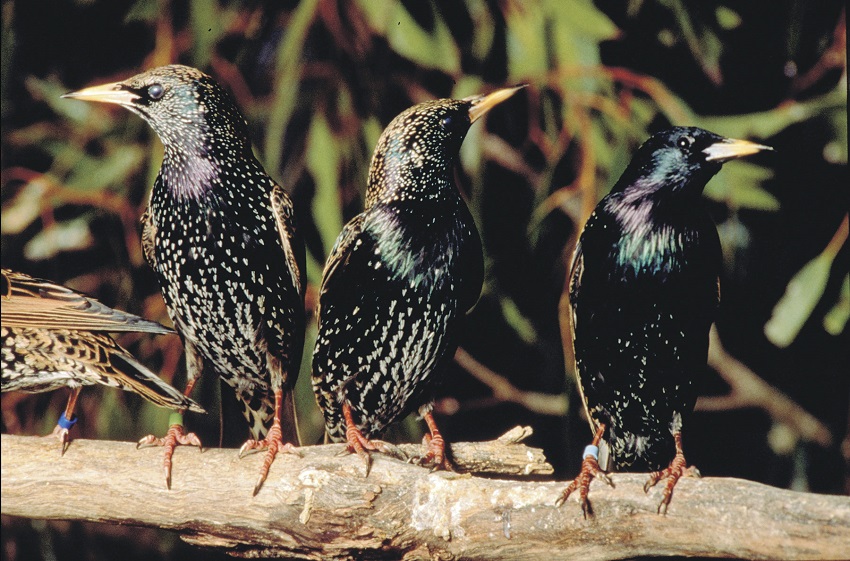
Traps are being deployed along the State’s South Coast as part of surveillance and trapping efforts to catch an aggressive bird, considered one of the world’s worst pests.
Staff from the Department of Primary Industries and Regional Development (DPIRD) have taken to the road to deploy traps, as part of its annual starling control program.
To coincide with the starling breeding season, traps will be located along a 300km stretch between Condingup and Hopetoun, and 200km along the coastline near the WA/South Australian border.
Regional Biosecurity coordinator Richard Watkins said while last season’s surveillance efforts caught only one starling in the South Coast traps, five have already been caught this season.
“Our surveillance program is proving year after year to be an effective early warning and removal system for starlings, which we don’t want to establish in WA,” he said.
“The department has a 50-year history of delivering the control program that continues to keep WA starling free, despite starlings being present in other States.
While starlings predominantly feed on invertebrates, in high numbers they impact on cultivated grain and horticulture crops, foul wool, present a disease risk, and displace native birds. They also form large flocks that can foul infrastructure when roosting in built up areas.
Mr Watkins urged South West residents and travellers to keep watch for these unusual birds.
“As with any pest surveillance program, it takes everyone to do what they can to protect WA,” he said.
“We are grateful to the landowners who host traps on their properties and to the bird watchers and general public who vigilantly keep a look out.”
Starlings are small to medium-sized birds which have distinctive glossy black feathers with an iridescent green and purple sheen.
Visit www.agric.wa.gov.au/birds/biosecurity-alert-common-starling to know what to look for and make reports to 9368 3080 or padis@dpird.wa.gov.au or via the MyPestGuide Reporter app www.agric.wa.gov.au/apps/mypestguide-reporter
Photo caption: The Department of Primary Industries and Regional Development has begun its annual program to trap starlings, an aggressive bird considered one of the world’s worst bird pests.
Media contact:
Megan Broad/Donna Coleman, media liaison, +61 (0)8 9368 3937


